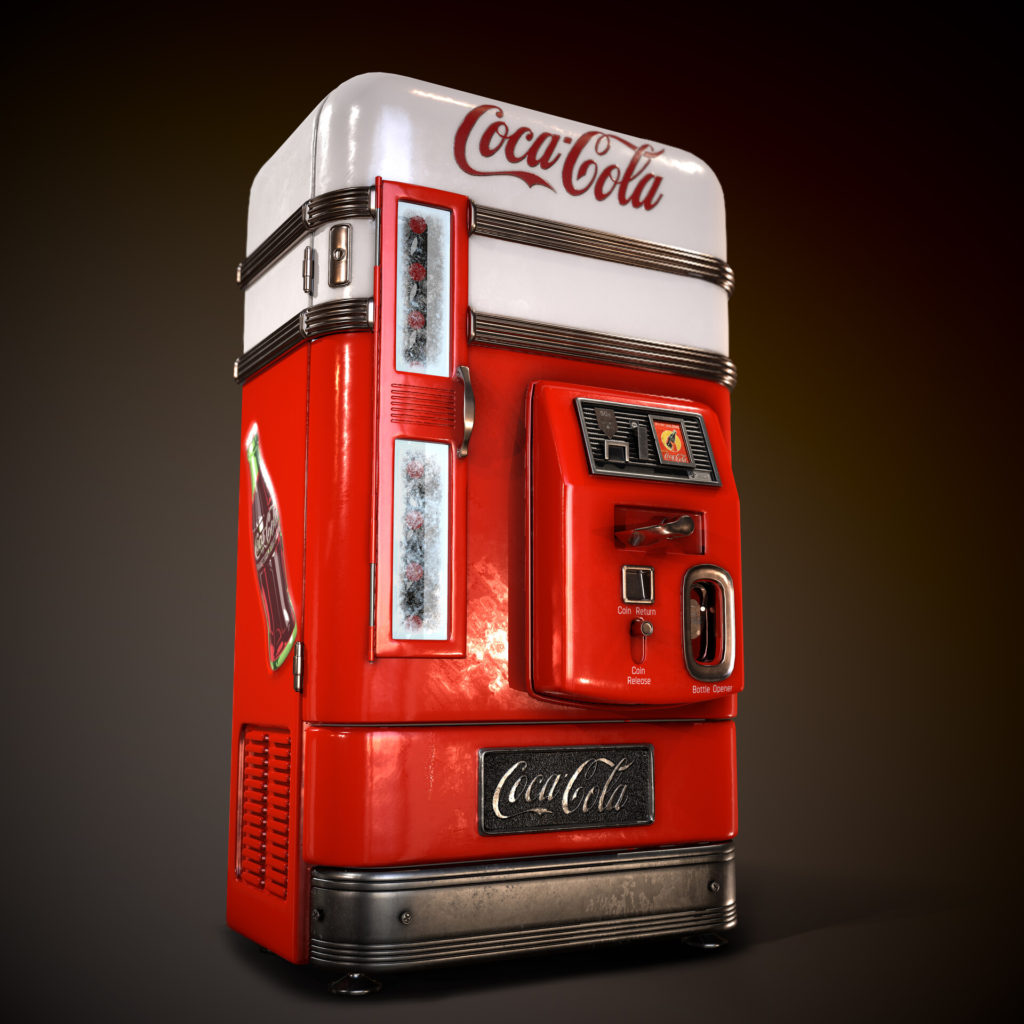David Nichols was a graduate student in the Department of Computer Science at Carnegie Mellon University in the USA in 1982. His office was at the Wean Hall on campus. The coke machine was relatively far away from Wean Hall. And it would often appear on the machine that there was no bottle of coke or the coke had not cooled yet.
Since 1970 Carnegie Mellon University has had a coke machine in the Computer Science Department that sells bottles of coke. This machine was very popular among caffeine-lover students. Most of the cokes in Pittsburgh were sold by this machine. Volunteers were selected from among the students who refilled this machine. But the problem was, coke was often not available on the machine or even when found, the coke had not cooled yet. In the mid-70s, after the expansion of the department, some offices were moved away from the main terminal, with the coke machine being in the main terminal. After coming so far from the office, it would cause annoyance when there was no coke, or even if it was not cold enough.
Necessity is the mother of invention. Nichols sent some of his friends the idea of tracking the machine’s current location remotely. Later Nichols along with two other students, Mike Kazar and Ivor Durham and research engineer John Zsarnay, planned to create an internet-connected vending machine.
They installed micro-switches on the coke machine through which the CMUA, PDP-10, could signal the department’s main computer. A server program was written that could give an idea of the location of the bottle on the coke machine. The machine had six columns where bottles of coke were kept, while a red indicator light was displayed for a few seconds when someone purchased a coke. When the column was completely emptied, the red indicator would appear until it was refilled.
In order to collect data from the machine, John set up a board that could understand the status of the indicator lights. This information would go directly to the department’s main computer connected to ARPANET (current Internet). Kazar wrote a program by which each column’s position could be understood. If the lights were off and on for a while, it meant a coke had been purchased. If more than five seconds were lit, it meant the column had been emptied. They could also know how long a coke had been on the machine. If the coke was there for more than three hours, they identified it as ‘cold’. Later they developed a code by which anyone connected to ARPANET or Carnegie Mellon’s local Ethernet could collect the machine’s information.
Supposedly, this is the first device of the Internet of Things ( IoT). Now, with the help of IoT any manual device can be connected to the Internet to collect the required data.

